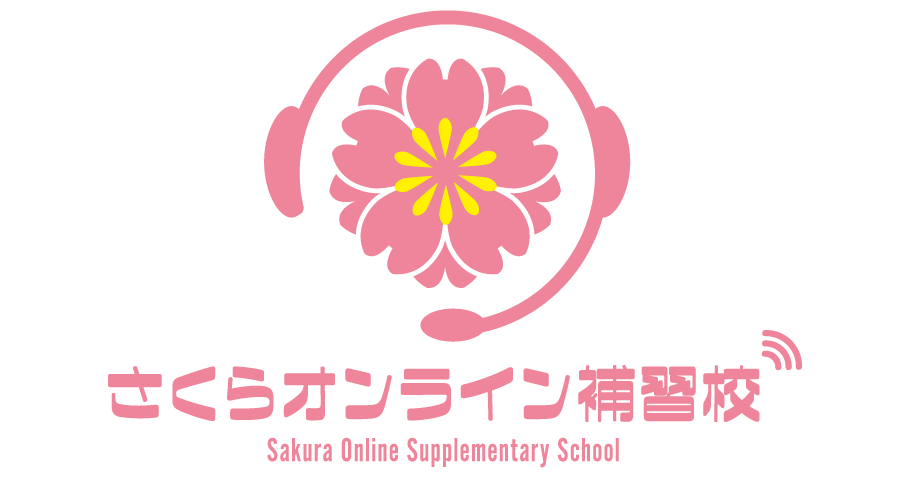海外で生活し日本語を母語としない子どもたちが、第二言語として日本語を学ぶ際、文法や表現の仕方を現地語で理解しながら学んでいくことになります。
ご家庭で、日本語を母語とする保護者の方が子どもに日本語を教えようとすると、説明が難しい場面に出くわします。なぜなら、物心がついた時から自然に日本語を習得してきた方と、外国語として日本語に接する子どもたちとでは、学習のプロセスが異なるからです。
日本語学校や補習校で学ぶのが一つの解決策ですが、通学が難しかったり、学習時間を確保できなかったりすることもあるでしょう。
そこで、ChatGPTを活用することで、保護者が説明しにくい日本語のややこしい文法や微妙なニュアンスの違いについて、すぐに調べたり言葉の使い方を繰り返し練習したりすることが可能になります。
例えば以下の2つの文章の意味の違いを説明するとき、現地語で説明するのが難しい場合は、ChatGPTに投げかけてみるといいかもしれません。
私は、学校に行きました。
私が、学校に行きました。
ちなみにChatGPTに英語で答えてもらうと以下のようになりました。
In English, the difference between the two Japanese sentences “私は、学校に行きました。” and “私が、学校に行きました。” primarily lies in the focus and emphasis of the sentence, which is conveyed through the particles “は” (wa) and “が” (ga).
- “私は、学校に行きました。” (Watashi wa, gakkou ni ikimashita.)
- This sentence uses “は” (wa), which serves as a topic marker. It sets “私” (I) as the topic of the sentence, implying “As for me, I went to school.” The use of “は” suggests that the sentence is providing information about what the speaker did, possibly in contrast to what others did, or as a general statement of fact about the speaker’s actions.
- “私が、学校に行きました。” (Watashi ga, gakkou ni ikimashita.)
- This sentence uses “が” (ga), the subject marker, placing emphasis on “私” (I) as the subject who performed the action. It could imply “It was I who went to school.” The use of “が” might be used in contexts where there is a need to specify or emphasize who did the action, especially in answer to a question like “Who went to school?”
In summary, the first sentence with “は” is more about setting the topic and can be seen as a more general statement, while the second sentence with “が” emphasizes the subject and is often used to specify or highlight the doer of the action.
お子様の年齢や習熟度によって、わかりやすい語彙で説明してもらうこともできます。
ご家庭で日本語を教える際、親子でChatGPTを利用してみることで、新しい学習方法を発見することができるかもしれません。多くの場合、子どもたちの方が新しい技術に適応しやすく、柔軟にツールを使いこなす傾向にあります。もちろん、ChatGPTの答えが100%正しいとは限りませんが、教える側にも学ぶ側にも試してみる価値は十分にあるでしょう。
